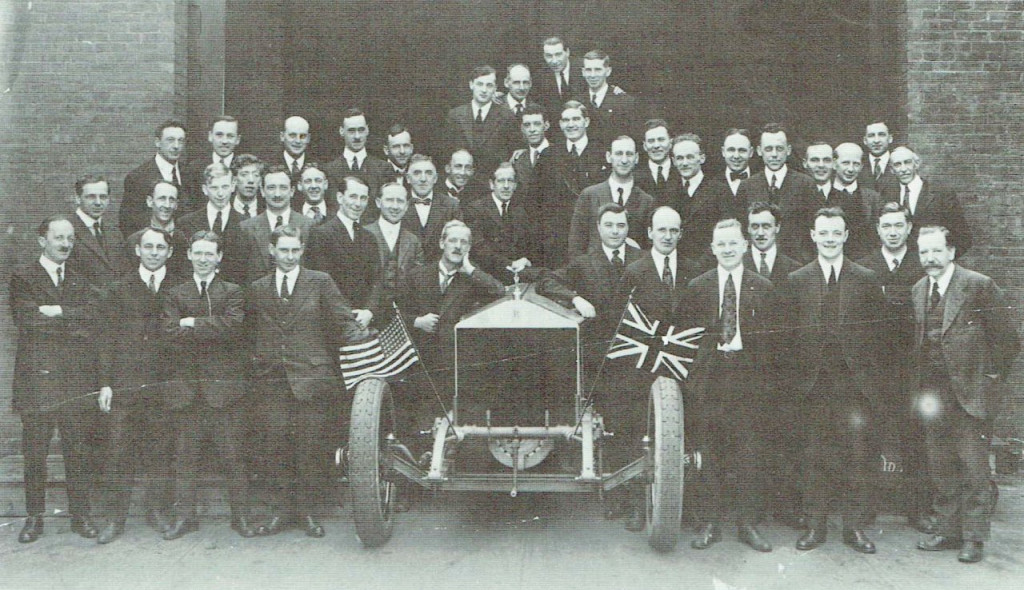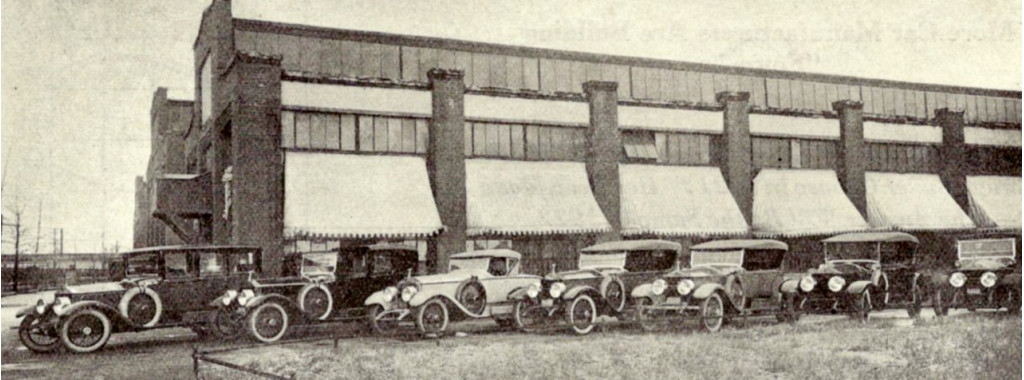With an engine derived from the Audi S3 but less than half the overall mass, the KTM X-Bow can become a rather insane proposition when tinkered with as this Wimmer RS KTM X-Bow duo will now demonstrate…
Feature taken from Performance VW. Words: Sam Preston Photos: Jordi Miranda
While we’re all familiar with Lotus founder Colin Chapman’s philosophy of ‘simply adding lightness’ to improve the way a sports car drives, it’s a mantra that could undoubtedly be implemented a little more generously in the modern automotive world we currently live in.
Take the latest Audi S3, for example – a fantastic all-round fast car, no doubt about it. In fact, we’d struggle to think of anything that could offer B-road destroying capabilities mixed with heated seat-adorned luxury out of the box in quite the same effortless manner.
But whether you like it or not, with a kerb weight that tops 1.5 tonnes when a slightly tubby driver is plonked behind the wheel, the S3 isn’t exactly what you’d call… lean, especially when compared to the much more svelte vehicles we grew up with a few decades back.

And this got us here at PVW Towers thinking… if that celebrated and incredibly tuneable 2.0-litre TFSI engine is as damn good as it is in this rather lardy setup, just how epic could it be if it was placed in a car that’d been put on a much stricter diet plan? The answer, as it turns out, was waiting for us in the particularly scenic North Rhine-Westphalia region of Germany…
Welcome to the wonderful world of Wimmer Rennsporttechnik [RS]. Developing bespoke performance hardware and software solutions for its dedicated customer base across Europe and beyond since 1990, there’s not many moving objects that this acclaimed firm can’t make go faster.
“You name it, we’ve worked on it,” says Wimmer’s PR boss, Gesine Dageförde, as she proudly walks us around the impressive HQ. “We get owners of boats, sports cars, and everything in-between through our doors. No two ECUs are the same and it’s our bespoke approach that means we’ve built up such a large number of returning customers over the years.”

How does all of this relate to KTM’s arachnid-esque lightweight roadster, though? “We started working on the Audi-derived engines in the X-Bow for a few customers, once they realised they were of a quite different spec to those found in Audis and required specialist knowledge to get the most out of them,” Gesine explains. “This was during the early days of the model, and KTM approached us on numerous occasions asking if we’d consider being an official dealer once they saw just how profound our technical knowledge and experience was.”
Soon becoming the very first approved KTM X-Bow dealer/tuner in Germany, it didn’t take long for Wimmer RS to become the go-to place for owners of this curious small-production machine for hundreds of miles around. But even then, no-one could’ve predicted just how far they could push the formula in years to come…

It’s about time we introduced the two menacing cars you see before you, we reckon. Representing the cutting edge of what Wimmer RS has managed to achieve after working on over 300 X-Bows in the past few years, they’re certainly not for the faint-hearted.
Both sporting the firm’s comprehensive ‘Stage 5’ state of tune, each beast’s power output is ramped up from the factory 300bhp to over 480bhp, with 520Nm of torque to back it up. These bonkers figures come courtesy of forged pistons and a re-worked head with more aggressive camshafts also applied to that VAG-group lump sat out back, complete with a more efficient turbocharger and all the other fuelling and cooling goodies we’re used to seeing adorned to fast S3s and the like.

As well as its bespoke ECU calibrations (which are unsurprisingly applied with the purchase of this kit), Wimmer RS is also equally as renowned for its custom exhaust systems, which are made full use of here too. The result of all this work? The 0-62mph sprint is cut down to under 3 seconds, with 124mph reached in less than 10 – not numbers you could even dream of from a similarly-powered Audi S3!

It’s not just sheer grunt that’s been enhanced, though, with just as much attention poured into ensuring the highly-strung chassis and handling departments are made equally as formidable. Trick adjustable on-board coilovers are set up to perfection in-house to each customer’s specific road or track-biased needs, whilst those super-cool Taneisya forged alloys from Japan ensure even more unsprung kilos are reduced from each corner.
Whilst both cars featured here have boasted similar specs up until this point, it’s when it comes to the matter of shifting cogs that a fork in the road emerges. You’re probably most familiar with seeing X-Bows with that raw six-speed manual gearbox that was supplied with all models made for the first few years, but it’s interesting to see that the carbon-coloured ‘GT’ version (identified by the inclusion of a windscreen) has some sumptuous anodised flaps behind its dinky steering wheel, signifying it’s one of the newer breed of DSG-equipped cars now produced too.

This really helps get that extra RWD power down more effectively, Wimmer’s Gesine tells us, but don’t go thinking that it instantly makes it a complete breeze to drive… “We can no longer insure potential customers to take test drives in our high-power models,” she laughs. “You really need to gradually build up to driving these things fast, or you’ll be in for a shock. That said, they’re incredibly grippy and rewarding in a trained pair of hands.”
A driver’s car that demands respect is certainly a welcoming proposition in 2019, where Haldex AWD and stability aids aplenty have made it easier and safer than ever to drive our steeds at ten-tenths with very little practice required

Another service that Wimmer RS can offer and is effectively demonstrated with this duo of bold brutes is through the endless way you can personally style your X-Bow to suit your own tastes. Take the manual, ‘R’-spec’d example (signified by its lack of windscreen meaning it’s the most focused, neck-snapping road-legal version KTM produces). Like the carbon fibre car, it features Wimmer’s ‘Aerodynamic Package 2’, that uses angular splitters and wings to instantly add a tonne more aggression to the overall aesthetic.
The carbon-clad car takes things to the next level as far as road cars go, though, with what appears to be practically every one of the external body panels replaced for exposed carbon fibre affairs. When combined with that monocoque tub made from the same weaved material that acts as a focal point for every X-Bow out there, it really does make for a more eye-catching proposition than perhaps anything else you could possible buy with four wheels and a number plate.
KTM might sell around 200,000 motorcycles worldwide each year, but it’s somewhat disappointing to learn that less than 1500 X-Bows have been produced in the car’s decade-long lifetime. Offering an infinitely more memorable and breath-snatching experience than the hatchback it draws its engine from, maybe it’s time for us to all let our hair down a little more often…

Tech Spec: Wimmer RS KTM X-Bow (Carbon Fibre car)
Engine:
2.0-litre TFSI Audi engine, Wimmer RS ‘Stage 5’ tuning package (comprising forged pistons, ported head with high-flow camshafts, larger turbocharger, sports air filter, Wimmer RS sports exhaust system with 100 Zeller sports cat, upgraded in-tank fuel pump, upgraded high pressure fuel pump, additional transmission oil cooler, racing water pump and bespoke Wimmer RS ECU calibration), DSG twin-clutch semi-automatic gearbox with uprated clutch packs
Chassis:
17” (front) and 18” (rear) Taneisya forged lightweight alloy wheels in black, 215/45/17 (front) and 235/35/18 (rear) Michelin Pilot Sport Cup 2 tyres, Wimmer wheel spacers (rear), three-way adjustable coilovers, Brembo 4-pot front brake calipers with grooved discs
Exterior:
KTM/Wimmer RS Aerodynamic Package 2 (comprising various carbon fibre air flaps), exposed carbon fibre front splitter, RR front and rear bonnet panels, GT-style rear spoiler and engine cover
Interior:
Factory exposed carbon monocoque interior
Tech Spec: Wimmer RS KTM X-Bow (Orange car)
Engine:
2.0-litre TFSI Audi engine, Wimmer RS ‘Stage 5’ tuning package (comprising forged pistons, ported head with high-flow camshafts, larger turbocharger, sports air filter, Wimmer RS sports exhaust system with 100 Zeller sports cat, upgraded in-tank fuel pump, upgraded high pressure fuel pump, additional transmission oil cooler, racing water pump and bespoke Wimmer RS ECU calibration), six-speed manual gearbox with uprated clutch
Chassis:
17” (front) and 18” (rear) Taneisya forged lightweight alloy wheels in black, 215/45/17 (front) and 235/35/18 (rear) Toyo Proxes R888 semi-slick tyres, Wimmer wheel spacers (rear), three-way adjustable coilovers, Brembo 4-pot front brake calipers with grooved discs
Exterior:
KTM/Wimmer RS Aerodynamic Package 2 (comprising various carbon fibre air flaps), carbon fibre front splitter, RR front and rear bonnet panels, GT-style rear spoiler and engine cover
Interior:
Factory exposed carbon monocoque interior









